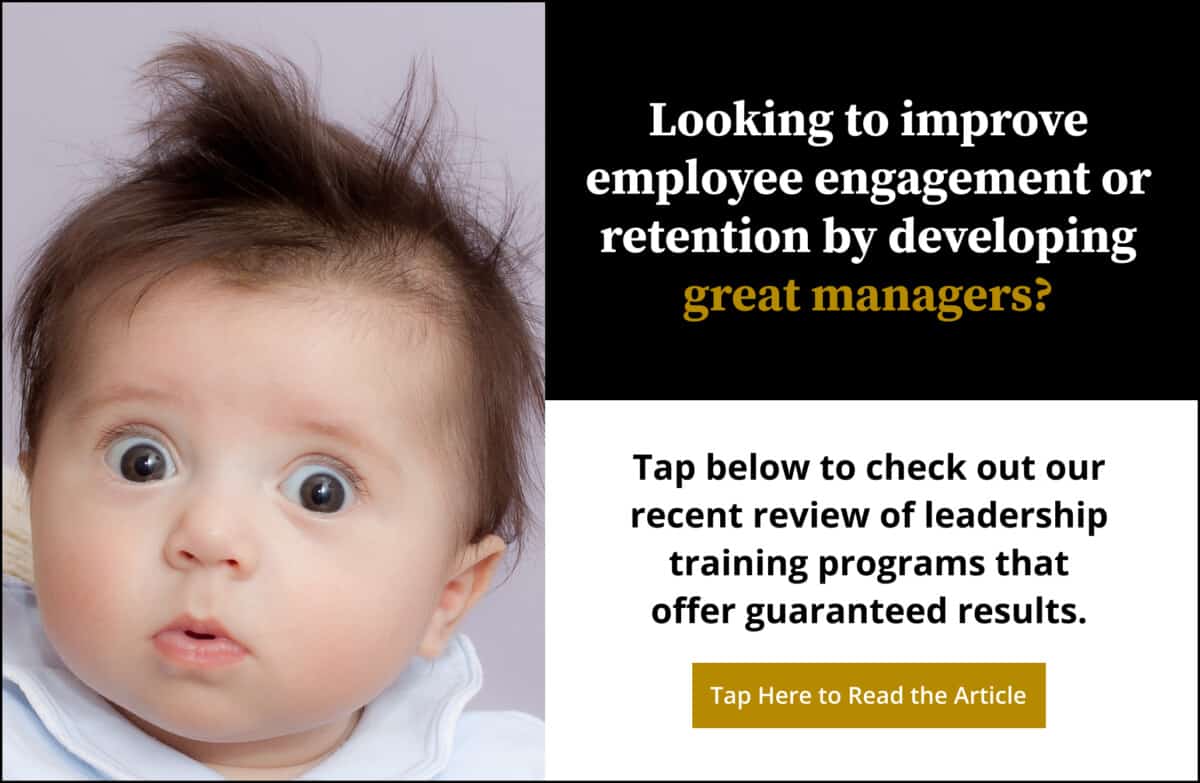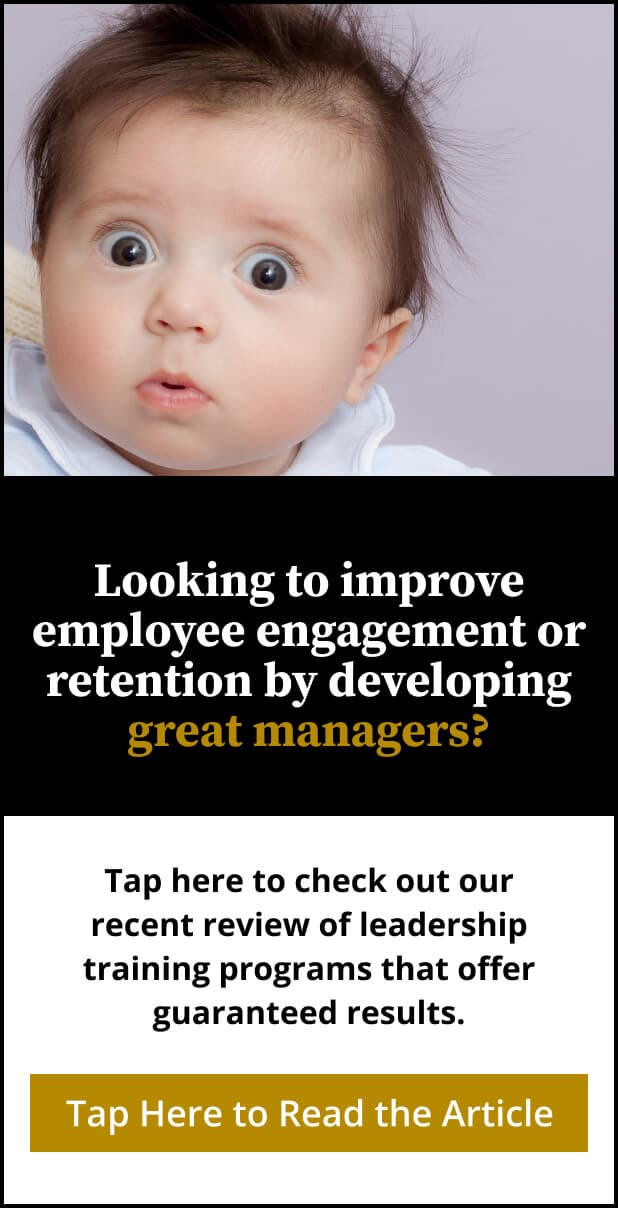Share:

Effective leadership requires a variety of hard and soft skills, including the ability to make sound decisions, problem solve efficiently, delegate with authority, and handle difficult situations with tact and diplomacy.
Not every leader is born with these skills, but every leader should work on developing and honing these skills throughout their careers if they want to lead well.
Good managers transform into highly effective leaders when they are not only committed to the organization’s vision, but also committed to creating the conditions necessary for employees to do exceptional work that helps the organization achieve its vision.
A leader’s ability to do this is tied to how well they relate to and understand those they lead and how authentically they demonstrate to their team members that they care about them and are invested in their success, both at work and at home.
There are four important qualities every leader needs to develop to create a high-performance team of committed employees.
The four qualities of an effective leader are the ability to build influence, maintain a strong system of communication, inspire employees and keep them motivated to perform well, and lead compassionately. Leaders with these qualities help their employees thrive in both their personal and professional lives.
This article will explore these top four qualities of effective leaders and how leaders can develop these qualities to lead their teams successfully.


The Ability to Build Influence
How do good managers develop into true leaders? By building trust and influence with their team members.
To be a leader who inspires their team to high performance means you need to rely on more than the positional authority that a job title gives you. You need to convince those you lead to follow you, not because they have to, but because they want to.
Leaders are able to build high-performance teams when they have strong connections with team members that are rooted in trust and authentic influence. The level of trust an employee has in their leader affects how well employees perform, how productive they are, and how profitable the organization is.
Trust is vital for any team. It helps leaders establish rapport with their employees and helps employees build strong relationships with their co-workers. It also helps leaders build buy-in to organizational culture and create a shared sense of purpose among employees that helps them feel more committed to the mission and vision.
When there is a lack of trust, it can lead to toxic work environments, which will cause employees to leave. A high level of trust can facilitate good communication, collaboration, and a sense of camaraderie among employees that discourages toxic behaviors. It also helps employees engage more with their work and perform better.
I recently sat down with Lisa Baker, founder of Ascentim LLC, to discuss how the authentic connections and meaningful relationships leaders have with team members is crucial for organizational success.
“Building meaningful relationships with your team and others inside and outside the organization is essential,” Baker says. “Leaders need to create an inclusive environment that has an ‘open-door’ policy, so the team feels comfortable sharing their experiences. As individuals we must be willing to invest time to get to know people (and allow them to know us) on a personal level.”

Maintaining a positive, inclusive work environment where all team members feel heard, valued, and committed to the organization’s vision helps leaders build positive influence with employees and bring out the best in them.
The Ability to Maintain a Strong System of Communication
One of the most important qualities a leader can have is the ability to communicate effectively.
Having a good system of transparent communication and an open-door policy where team members feel comfortable communicating with management helps leaders forge trust-based relationships with employees and keep them engaged in their work and motivated to perform well.
Leaders should be skilled at receiving communications from employees and responding to them in a timely manner, and in a way that makes them feel truly heard. This means always engaging in active listening and maintaining an environment that is conducive to honest communications, without the threat of retaliation.
Leaders set the tone for strong communication by being approachable, open to suggestions, and swift to diffuse toxic behaviors.
Components of a good system of communication include clarifying job duties and expectations, providing regular feedback, and recognizing the achievements and contributions of team members.
Job Clarity
When employees are unsure about what is expected of them in their roles, what goals they should be setting, or any guidance as to how to achieve those goals, they could experience conflict on a daily basis about their duties and responsibilities.
Lack of clarity can lead to issues with engagement, morale, performance, productivity, and retention. In situations where job responsibilities and duties may shift regularly, clarity becomes even more critical to ensuring things run smoothly.
It’s essential for employees to know what is expected of them, have new duties and areas of responsibility clarified for them as situations change, and be made aware that the work they do is seen by leadership.
It’s also important to clarify and reinforce organizational culture and core values during this process, to show the link between the organization’s vision and the roles employees play in helping to achieve that vision.
Clearly communicating both short- and long-term expectations through regular one-to-one conversations, for example, can be a great way to clarify job duties, daily expectations, and organizational goals in a way that keeps employees motivated and on track.
Feedback
Employees need feedback on a regular basis to excel in their jobs and build the kind of engagement needed for retention. It provides not only job clarity, but also helps employees course correct when needed, develop an improvement mindset, and build confidence in their work.
The goal of this feedback is to help employees to do their best work, do it well, and better serve their co-workers. When done correctly, it should also boost employees’ level of job satisfaction and overall well-being.
But, to be most effective, it needs to be a two-way street, with leadership being open to feedback from employees. This gives employees a voice and helps them to build trust with leadership, which increases employee loyalty.
Good leaders will elicit regular, consistent feedback from their teams which they should respond to in a timely manner. The goal is really the same: through feedback, employees help their leaders to do their best work, do it well, and better serve the team.
Recognition
Recognition should always be part of the feedback leaders provide to employees.
Recognition is such a powerful tool for building engagement because it meets a core human need for both the employee and the manager. Recognizing employees for their accomplishments shows them not only that leadership is paying attention, but that they also value the work employees do.
For recognition to be most effective, it should be given often, and it should be specific so employees know the work they do in their roles is seen and appreciated.
Acknowledging the impact of employees’ work through frequent recognition can be a highly effective way of engaging and retaining them because it improves their employee experience and motivates them to keep doing great work.


The Ability to Inspire Employees (and Keep Them Motivated to Perform Well)
Ultimately, a leader’s biggest role in an organization is inspiring employees to do great work consistently. It’s not just about ensuring the day-to-day work of the team is done; it’s about inspiring each team member to fully invest in their roles and reach their full potential.
Motivation drives an employee’s success and plays a vital role in employee satisfaction. A leader’s ability to motivate employees will determine how well they engage and retain employees, which ultimately determines how successful the organization is.
There are two types of motivation: extrinsic and intrinsic.
Extrinsic motivation is motivation to participate in an activity based on meeting an external goal, earning praise or approval, winning a contest or competition, or receiving an award or payment.
Intrinsic motivation is defined as doing an activity for its inherent rewards rather than for a separable consequence.
To lead your team effectively, you need to offer both kinds of motivators to your employees.
Often, when people get into management positions, they do not realize how essential the ability to motivate teams is to future success and the very important role intrinsic motivation plays in getting employees to do great work.
Leaders need to understand what really motivates their employees to best meet their needs and engage them with their work. They should work continuously to create the necessary conditions for their employees to stay motivated to do great work and help them identify and remove obstacles to doing great work.
Good leaders use strategies that boost intrinsic motivation, resulting in employees that are more invested in their jobs.
I recently spoke with Grant Botma, CEO and author of The Problem Isn’t Their Paycheck: How to Attract Top Talent and Build a Thriving Company Culture, about the importance of intrinsic motivators in ensuring top performance.
While salary is certainly an important extrinsic motivation for workers, it is not what brings in top talent and keeps them engaged.

Botma says employees need freedom (in the form of autonomy) to feel inspired:
“I believe that… freedom is a thing that all of us were not only created for but we desire and we want and we need. Sadly, some places of employment take away freedom—from micromanaging the flow of our employees’ work to being overreaching in how the work is done and not letting our employees have autonomy.”
He also says they need affirmation to stay motivated:
“Affirmation is the guardrail that keeps people from ending up in the gutter. You give people the freedom to try and complete a goal and then use affirmation to guide their decisions and actions as they choose their path.”
Botma says this combination creates a unified purpose that keeps employees motivated to work together:
“A unified purpose acts as the ‘why’ to why your business maintains its purpose. Too many people think profit is the purpose of business which is wrong. Profit is the reaction to your business achieving its purpose, which is serving somebody.”
Fostering a culture that emphasizes freedom, affirmation, and a unified purpose creates a highly motivated team that is full of happy and satisfied employees who serve your customer base well.
The Ability to Lead Compassionately
Did you know that employees who work for compassionate managers are 25% more engaged in their work, 20% more committed to the organization, and 11% less likely to experience burnout?
Compassionate leadership is what you get when you mix traditional leadership skills with a hearty dose of empathy, sympathy, and compassion.
Sympathy helps us feel sorrow for another’s misfortune. Empathy helps us understand and share the feelings of another. But when we are compassionate, we move beyond feelings of sympathy and empathy, and take action to relieve the suffering of others.
The compassionate leader doesn’t just dispense empathy, they take actions to relieve suffering.
To be able to maintain a positive work environment where employees get along requires leadership that can address sensitive issues with tact and diplomacy and help team members course correct when mistakes are made. Compassion is the key to doing these things effectively.
Leading compassionately requires a high level of emotional intelligence, particularly self-awareness.
Emotional intelligence, known as EQ, refers to a person’s ability to recognize, understand, and regulate their emotions and respond to those emotions in ways that allow them to communicate better, empathize with others, and address and overcome challenges in a more positive way.
High EQ can help us hone our self-awareness, which enables us to lead more compassionately.
A leader who not only knows themselves really well, but is also sensitive to the emotional needs of others and acts on the knowledge gained through self-awareness and social awareness, will lead more effectively, especially in difficult times, because they are leading compassionately.

Matt Tenney has been working to help organizations develop leaders who improve employee engagement and performance since 2012. He is the author of three leadership books, including the groundbreaking, highly acclaimed book Inspire Greatness: How to Motivate Employees with a Simple, Repeatable, Scalable Process.
Matt’s ideas have been featured in major media outlets and his clients include numerous national associations and Fortune 500 companies.
He is often invited to deliver keynote speeches at conferences and leadership meetings, and is known for delivering valuable, actionable insights in a way that is memorable and deeply inspiring.


